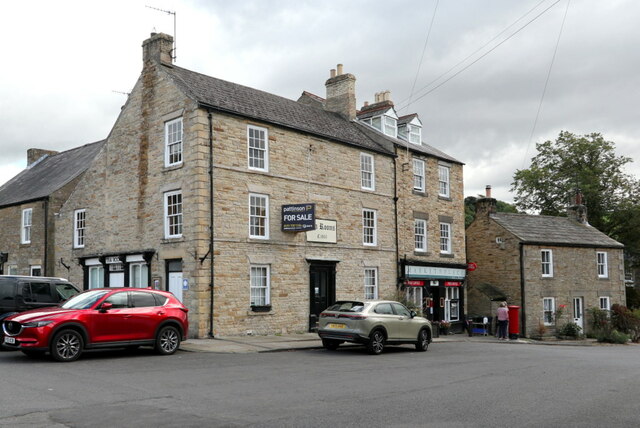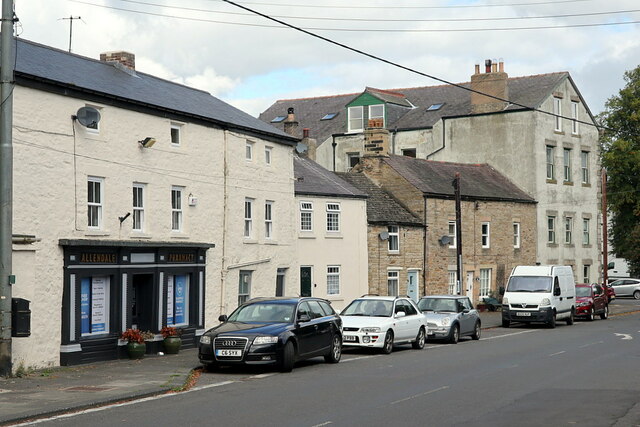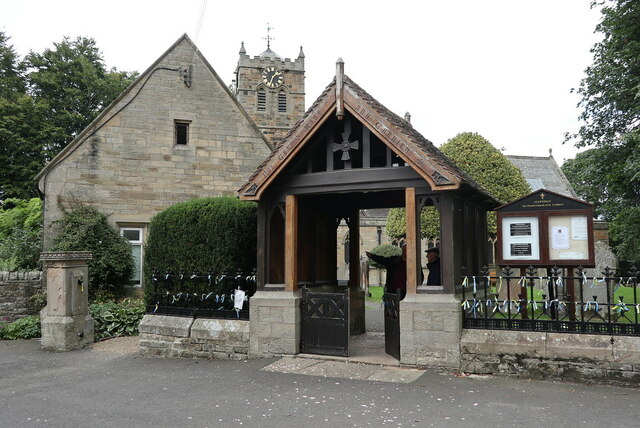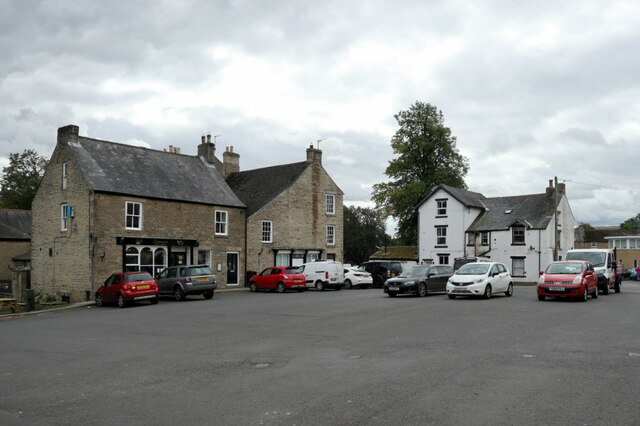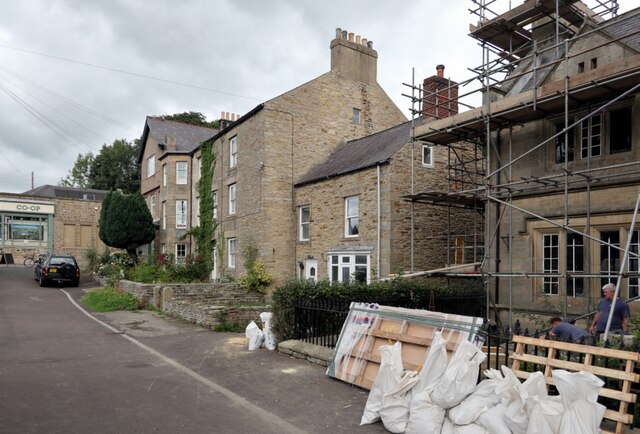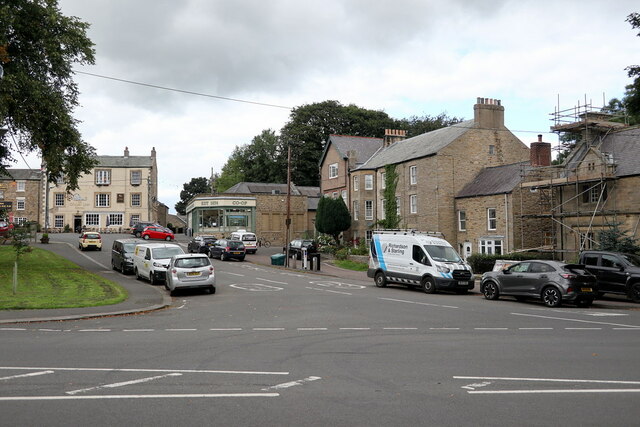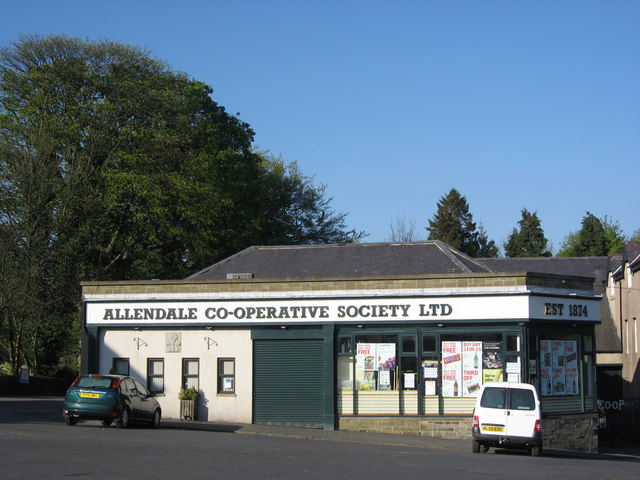Shieldburn Plantation
Wood, Forest in Northumberland
England
Shieldburn Plantation
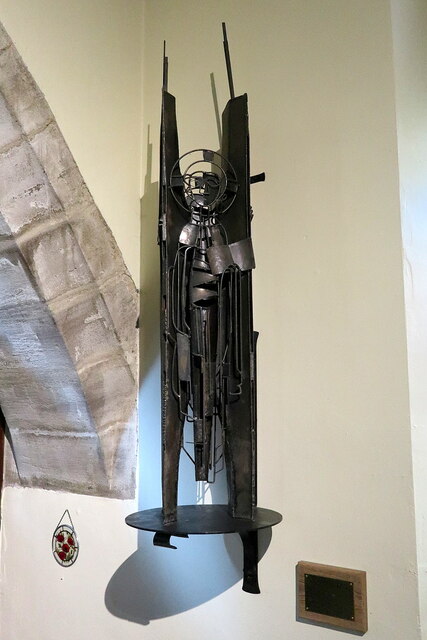
Shieldburn Plantation is a charming wood located in Northumberland, England. Situated in the heart of the county, Shieldburn Plantation covers an area of approximately 200 acres and is renowned for its breathtaking beauty and rich biodiversity. This forested area is a haven for nature enthusiasts and provides a tranquil escape from the bustling city life.
The woodland is predominantly composed of native deciduous trees such as oak, beech, and birch, which create a picturesque landscape throughout the year. Shieldburn Plantation is particularly enchanting during the autumn months when the leaves change color, painting the forest in vibrant hues of red, orange, and gold.
The plantation offers a network of well-maintained walking trails that wind through the forest, allowing visitors to immerse themselves in the natural surroundings. These trails cater to all levels of fitness and provide opportunities for leisurely strolls, brisk hikes, and even cycling. Along the way, visitors may encounter a variety of wildlife, including deer, squirrels, and a diverse array of bird species.
Furthermore, Shieldburn Plantation is home to a diverse range of plant species, including delicate wildflowers, ferns, and mosses, which thrive in the damp and shaded areas of the wood. The plantation also boasts a small stream, adding to the overall tranquility and creating a soothing atmosphere.
In summary, Shieldburn Plantation in Northumberland is a captivating woodland that offers a peaceful retreat for nature lovers. With its scenic trails, diverse flora and fauna, and stunning seasonal displays, this enchanting forest is a must-visit destination for those seeking solace in nature.
If you have any feedback on the listing, please let us know in the comments section below.
Shieldburn Plantation Images
Images are sourced within 2km of 54.897003/-2.243147 or Grid Reference NY8455. Thanks to Geograph Open Source API. All images are credited.
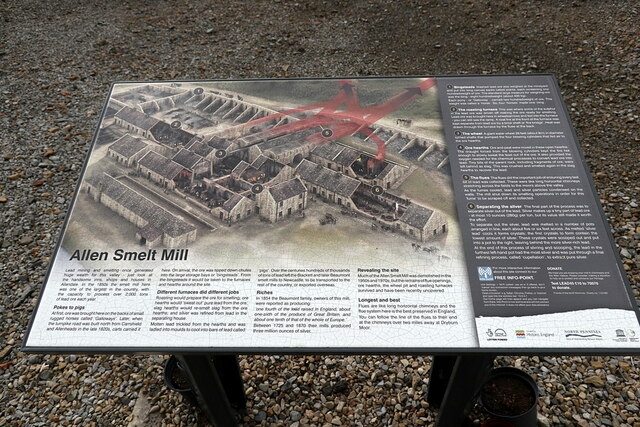
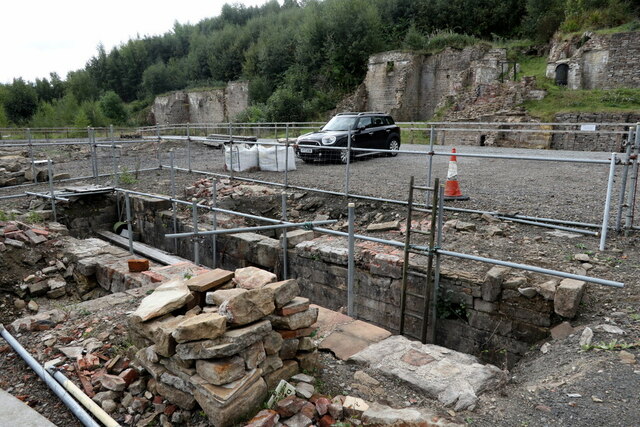
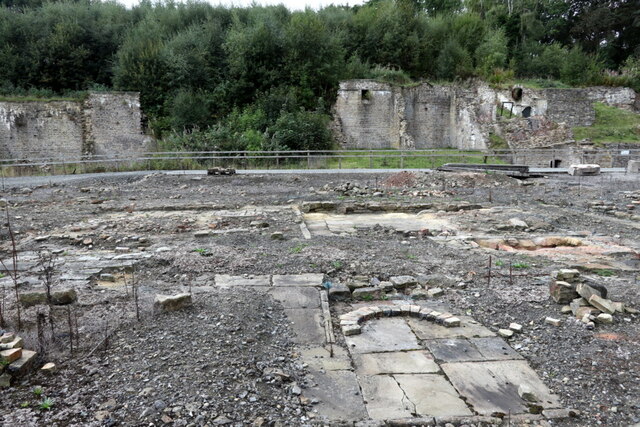
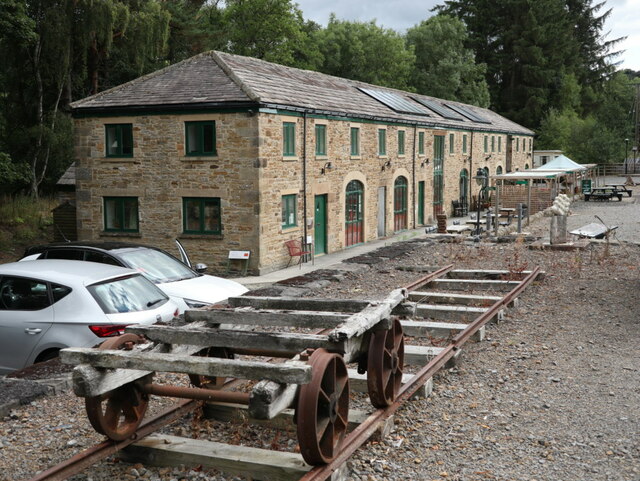
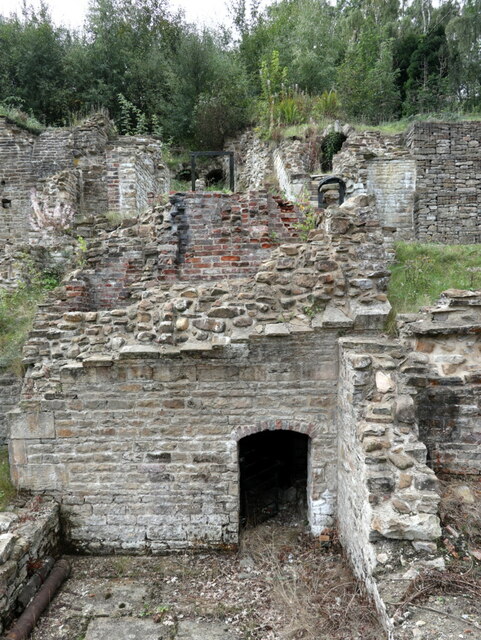
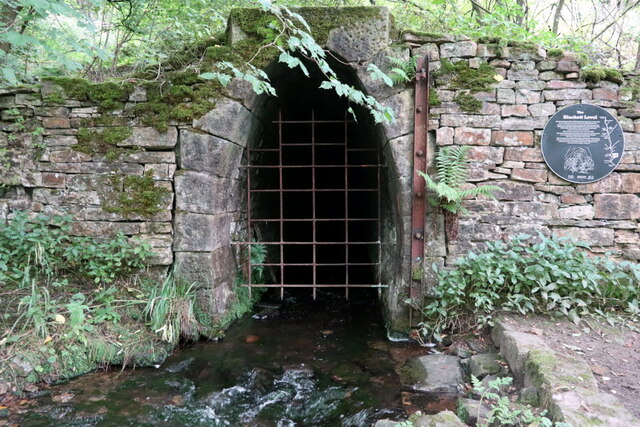
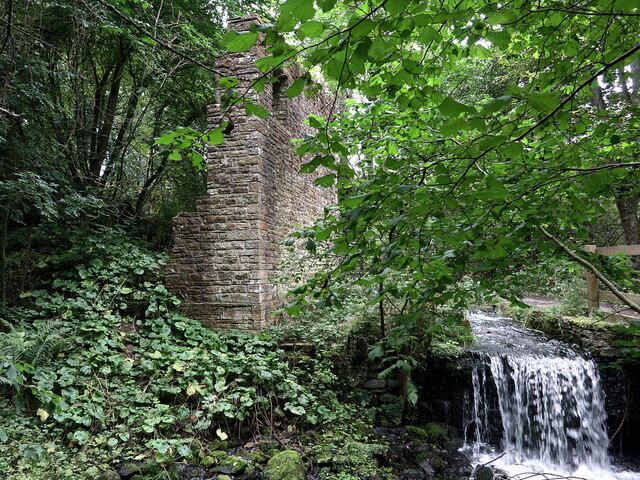
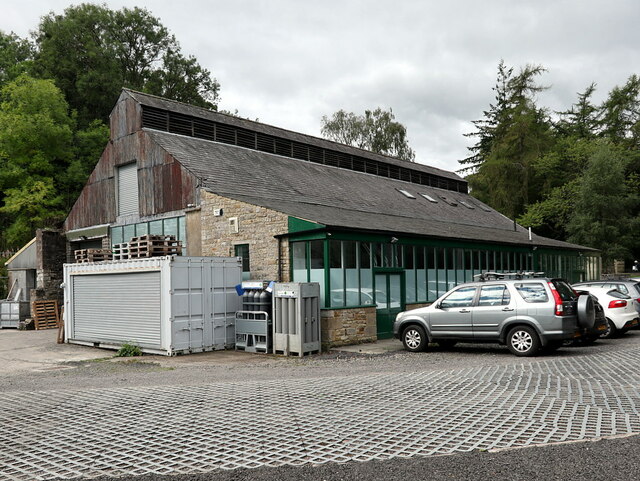
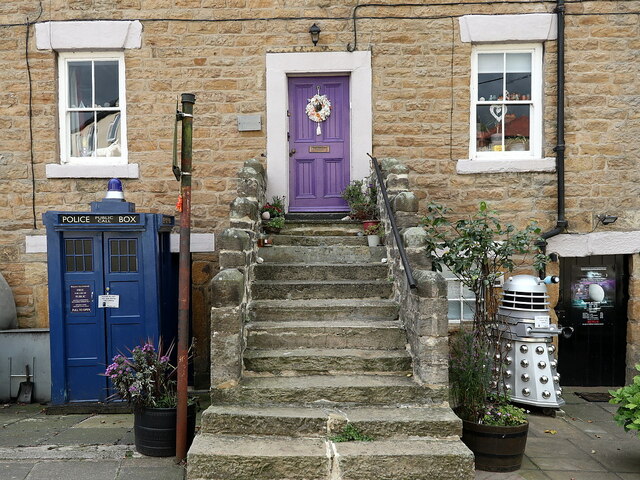
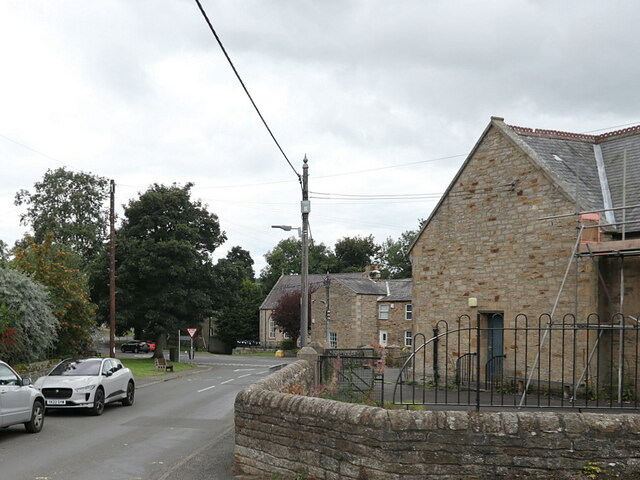
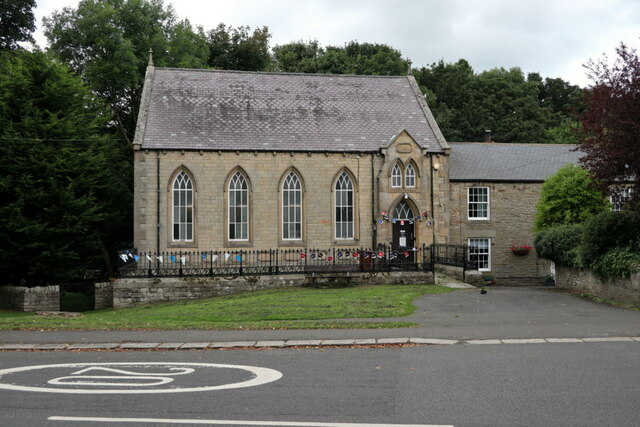
Shieldburn Plantation is located at Grid Ref: NY8455 (Lat: 54.897003, Lng: -2.243147)
Unitary Authority: Northumberland
Police Authority: Northumbria
What 3 Words
///undivided.conjured.spun. Near Haydon Bridge, Northumberland
Nearby Locations
Related Wikis
Allendale Co-operative Society
Allendale Co-operative Society is a small consumer co-operative in the village of Allendale, Northumberland, England. Founded in 1874 as the Allendale...
Museum of Classic Sci-Fi
The Museum of Classic Sci-Fi is in Allendale, Northumberland in England. The museum opened in 2018 and houses a collection of more than 200 props, costumes...
Allendale, Northumberland
Allendale, often marked on maps as Allendale Town, is a village and civil parish in south west Northumberland, England. It is located within the North...
Allendale railway station
Allendale railway station was the terminus of the single track branch of the Hexham and Allendale Railway, in north east England. The line connected villages...
Nearby Amenities
Located within 500m of 54.897003,-2.243147Have you been to Shieldburn Plantation?
Leave your review of Shieldburn Plantation below (or comments, questions and feedback).
